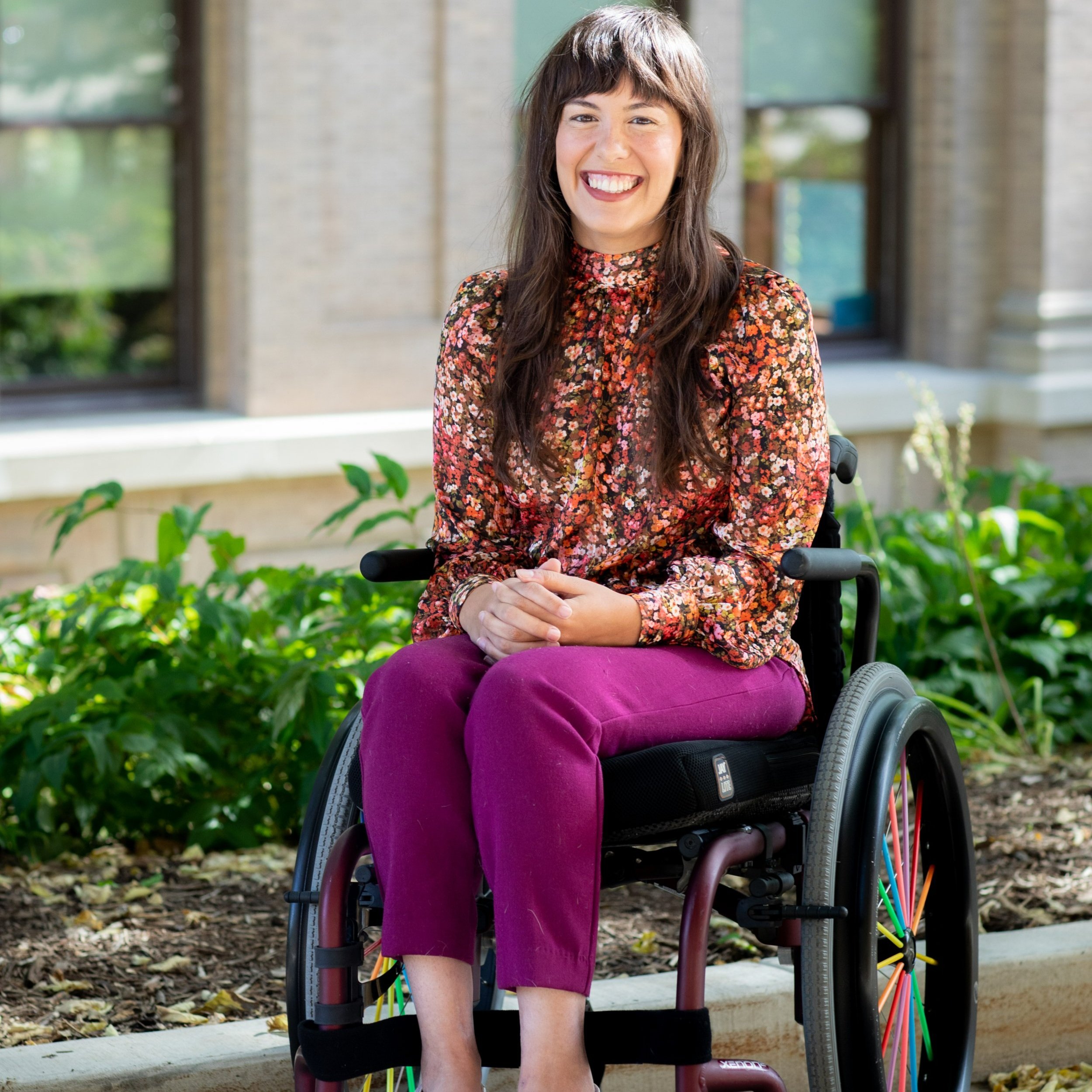The Importance of Disability Identity, Self-Advocacy, and Disability Activism
By Carlyn Mueller, PhD
“Doing advocacy work makes me feel good and proud of my disabilities, and I want the world to see us as a people who are deserving of the same civil rights.” — Ivanova Smith, disability rights activist
In special education research, people with disabilities are often discussed solely as recipients of intervention, who passively participate in school environments designed to help them “overcome” their stigmatized disability labels. When people with disabilities are framed in this way, teachers, researchers and larger nondisabled communities miss something important: the identity development processes of people with disabilities, and the importance of self- and community advocacy in that process. Identity development, self-advocacy and connection to disability community are fundamental to the experience of having a disability. The process of disability identity development is strengthened through connection with people who share similar experiences, understandings, and goals. Often, a sense of disability as a political and cultural community (separate from a medical diagnosis or label), results in people with disabilities collectively organizing through their shared identity to push for equitable access, inclusion, and justice.
There are so many beautiful examples of this kind of disability organizing and advocacy throughout American history. During the Great Depression, disabled protestors staged a die-in after experiencing job discrimination and a denial of their ability to work. In the 1960s-70s, the birth of the independent living movement involved partnerships between disability activists and the Black Panther Party, supported by Black disabled advocates like Brad Lomax. In 1990, The Capitol Crawl saw hundreds of disabled people ascending the Capitol entrance to protest inaccessibility and push for the passage of the Americans with Disabilities Act. Disability activism, advocacy, and identity has always been a part of history; and it has important implications for the work we need to do to make this community an explicit and strong part of general and special education curriculum and knowledge.
Teachers play an extremely important part in this work, and can develop specific classroom practices that both celebrate disability history alongside developing political disability identity development in students in their classrooms. For example, teachers should include diverse depictions of disability in their classrooms and curriculum, especially where people with disabilities are advocating for change. There are so many recent texts for children and young adults, such as Alice Wong’s Disability Visibility or the picture book from Kelly Fritsch, Anne McGuire & Eduardo Trejos, We Move Together. Teachers might also discuss feelings and thoughts related to disability with their students: What have they heard other people say about disability? How does that make them feel? Importantly, students often hear comparisons between students with and without disabilities, and that students with disabilities are “just like everyone else.” Instead, teachers might emphasize the power and pride that arises when students identify with disability community.
These practices will help students with disabilities see the importance and value in understanding their disabilities and connecting with people and communities who have shared experiences. Ultimately, understanding people with disabilities as a powerful community and identity can provide an essential way to navigate ableism, stigma, and discrimination that students with disabilities face.
Article Details
The Importance of Disability Identity, Self-Advocacy, and Disability Activism
Ivanova Smith and Carlyn O. Mueller
First Published December 17, 2021
DOI: 10.1177/27324745211057155
Inclusive Practices
About the Author

